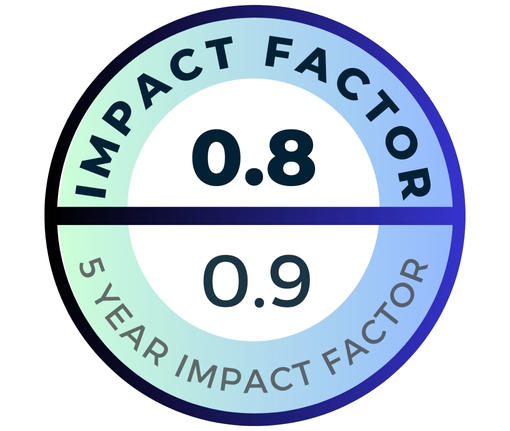Hughes-Stovin syndrome (HSS) is a rare disease characterized by deep vein thrombosis and pulmonary and / or bronchial artery aneurysms. A 28-year-old female patient was followed-up for 5 months with pulmonary embolism. When she presented with hemoptysis at her 5th month, pulmonary artery aneurysm was detected on thoracic CT angiography. The abdominal magnetic resonance (MR) angiography revealed thrombus in the inferior vena cava. Because she didin’t carry the criteria for Behcet’s disease, she was diagnosed as Hughes-Stovin Syndrome (HSS) and steroid treatment was started. The patient who had a response to the treatment, stay in remission for a long time. The prognosis was poor in patients with HSS, and aneurysmal rupture was the main cause of death. In order to emphasize the fact that, when the pulmonary arterial aneurysm is seen, in view of the possibility of Behçet or its variant HSS,rapid onset of treatment can be life-saving. A rare female case is presented in the light of the literature.
Cite this article as: Keskin M, Polat G, Ayrancı A, et al. Insidious hughes stovin syndrome: journey from pulmonary embolism to pulmonary arterial aneurysm. Turk Thorac J 2020; 21(5): 350-3.


.jpg)

.png)